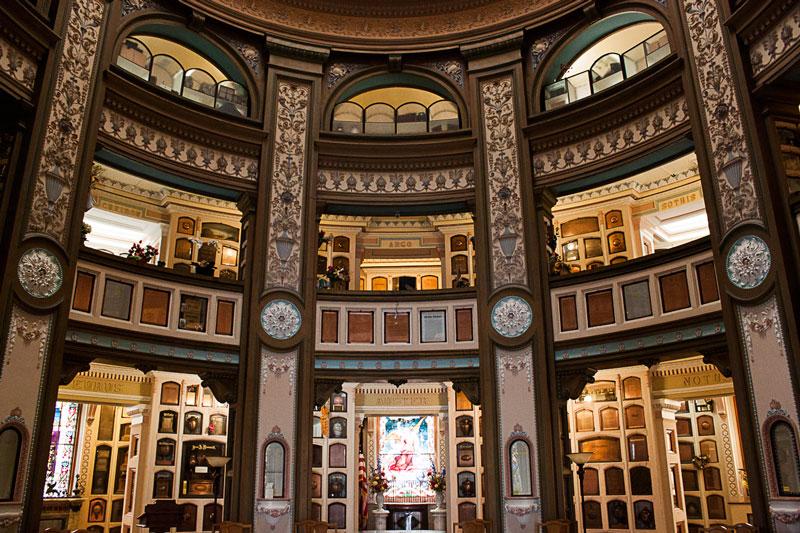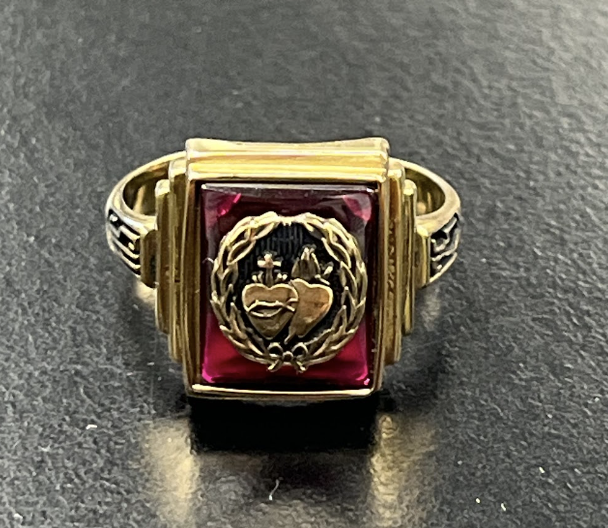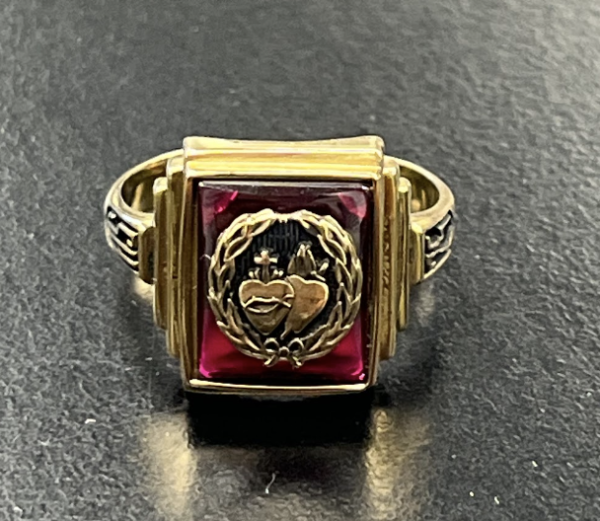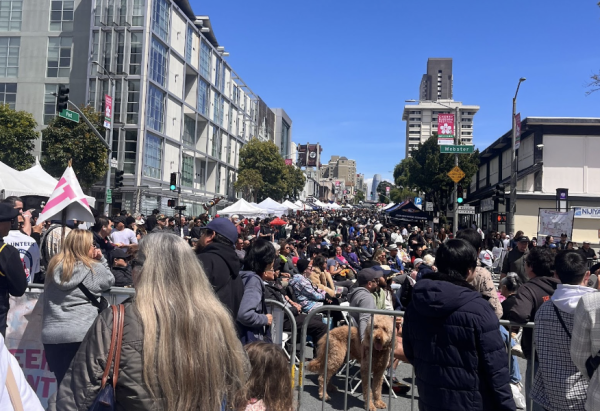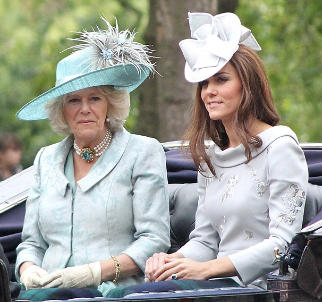Dorms for the departed: local columbarium houses those who ‘urn’ to stay in The City — forever
The Neptune Society Columbarium on 1 Loraine Court houses thousands of urns containing the cremated remains of San Franciscans and is one of the public places where residents can be interred in The City. The building is a mixture of Neo-Classical and Greco-Roman architecture. BEA D’AMICO/The Broadview
October 31, 2014
Neely Metz
Senior Reporter
The Columbarium stands tall, with bold, classic Roman architecture that can be daunting to passerby. With multiple floors housing thousands of cremated remains since its opening in 1898, visitors are surrounded by the dead from top to bottom.
“The neo-classical design of the Columbarium reflects the platonic symbolism of the circle as the image of divinity and eternal life,” art history teacher Sonia Evers said, “a fitting image for a place of burial and hope for the afterlife.”
The Neptune Society Columbarium is the last remaining part of the Odd Fellows Cemetery, which moved to Colma in 1923. After the company took over the Columbarium in 1980, it began large-scale renovations on the decaying building.
A traditional columbarium provides individual space for storing urns in spaces called niches. The Columbarium has 8,000 filled niches and recent expansion provides room to store an additional 5,000 urns.
“Customers are constantly coming,” Emmitt Watson, Columbarium caretaker and historian said. “They can have a service and their cremated remains here.”
Before the Gold Rush, few cemeteries existed within San Francisco. Throughout the 1800s, various fraternal and religious groups including the Catholic Church on Lone Mountain built cemeteries that were filled and ultimately abandoned.
The Yerba Buena Cemetery, located on the present day site of the Main Public Library, was abandoned soon after its construction due to poor quality of land. As one of the oldest cemeteries in San Francisco, 5,000 to 9,000 bodies occupied Yerba Buena Cemetery before its removal.
The construction the “Big Four” cemeteries took place in Laurel Heights in the mid-19th century and included Odd Fellows, Calvary, Laurel Hill, and Masonic. In the 1900s, 23 different cemeteries existed in the city.
The removal of these cemeteries took place throughout the mid-20th century to make room for the growing population. Hundreds of thousands of bodies were moved to Colma, dubbed The City of Souls. Today, the population of the living is outnumbered by that of the dead by over one million.
As the population grows and available land becomes scarce, traditional burials are likely to disappear completely, according to Watson. Cremation is more sanitary and occupies less land, leaving more room for a growing community.
“With the Columbarium, you can walk in the building, you can look into that case, and you can see your loved one.” Watson said. “‘Over there is his favorite watch, his ring, his teddybear.’ So you’re kind of looking at two things, life and death.”



